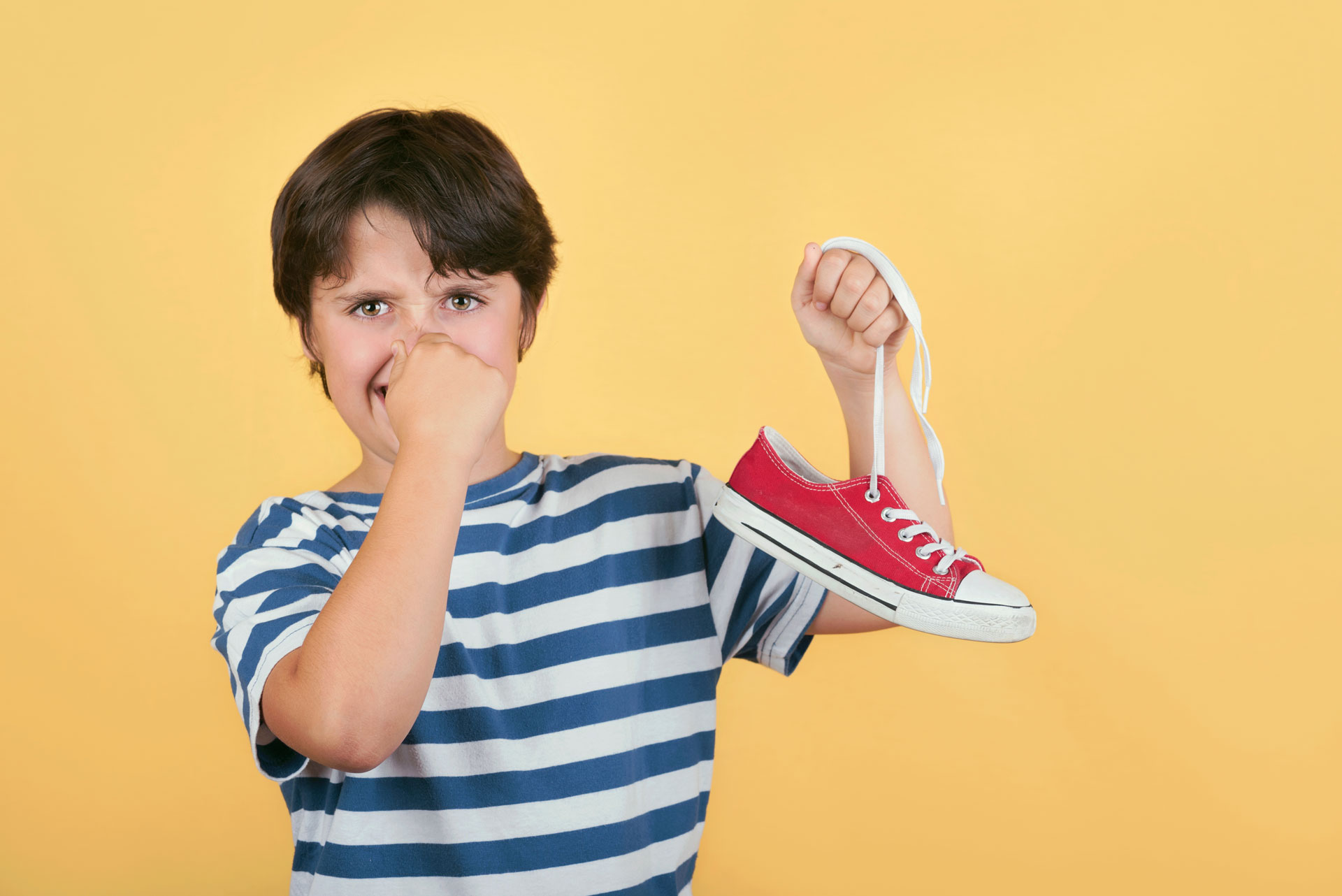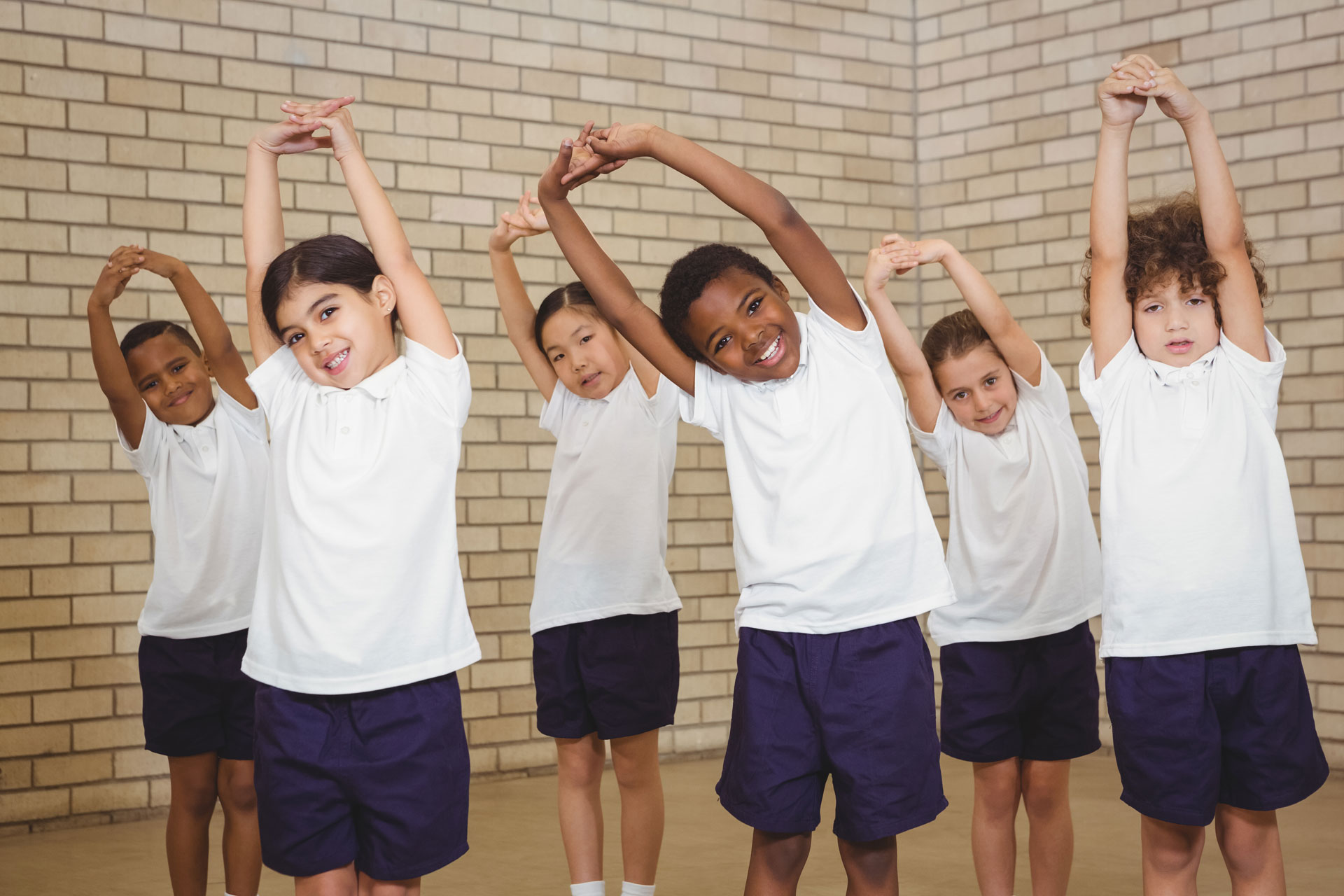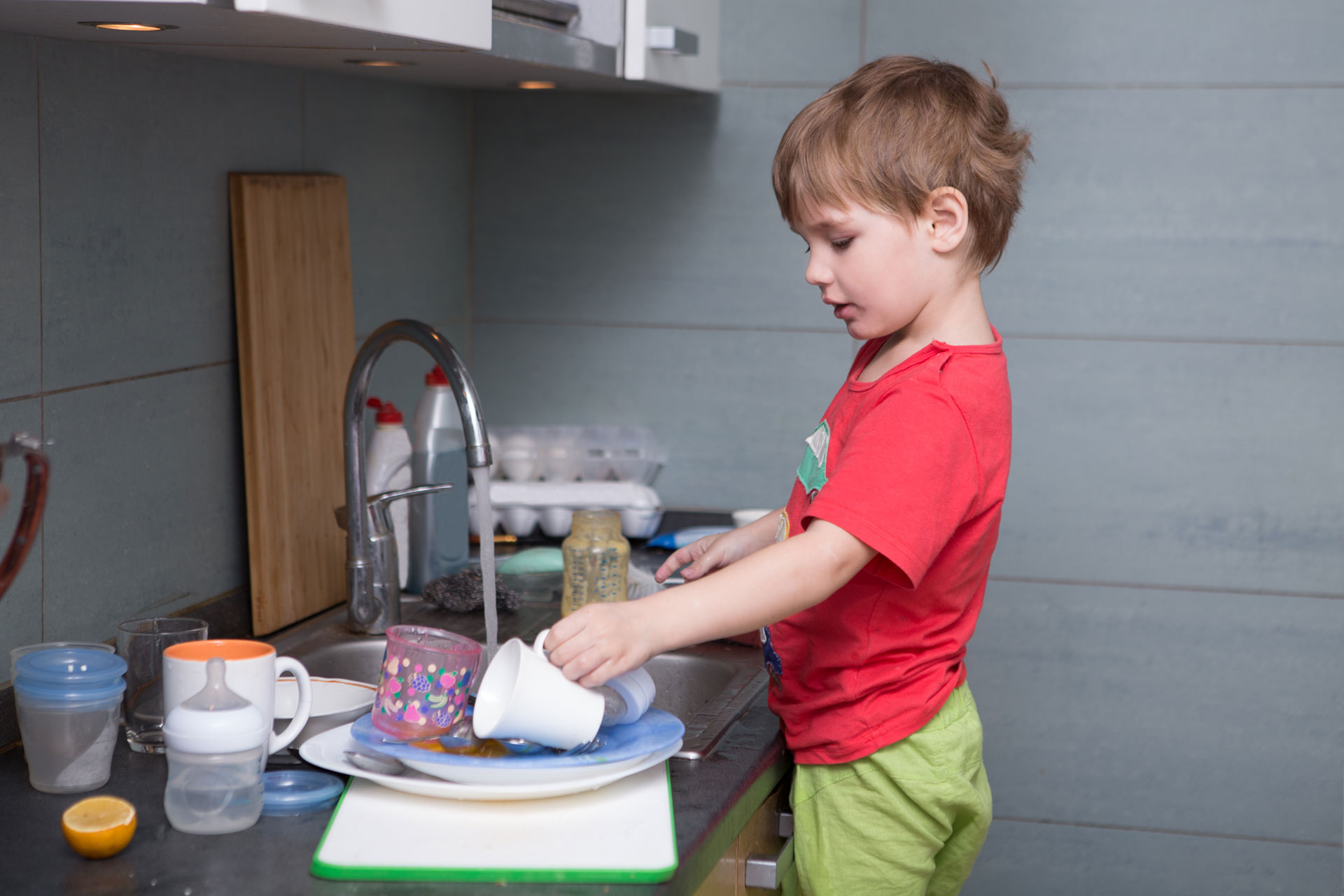ADHD & Attention Deficits
A surprisingly easy way to help Attention Deficits and ADHD sensory issues.
Take my hand and come with me,
I want to teach you about ADHD.
I need you to know, I want to explain,
I have a very different brain.
Sights, sounds and thoughts collide.
What to do first? I can’t decide.
Please understand I’m not to blame,
I just can’t process things the same.
Andrea Chesterman-Smith. UK
This is the first verse of a touching poem on ADHD. What is your perception of ADHD? The hyper kids, or the person disrupting meetings and not answering e-mails? Attention deficits are seen in successful and well-known people—leaders in history and society.
However, it is not an easy road to success. The poem above mentions more than poor concentration. Sights, sounds and thoughts are colliding. A beautiful description of sensory modulation. ADHD sensory issues should be addressed.
First step
Address the sensory modulation issues. Modulation means our reaction to sensations around us and in our bodies. Identify over- and under-reactions to one or more of the 7 senses: what you see, what you hear, what you smell and taste, what you feel on your skin, how your body moves, and the position of your body: sensory modulation impact attention deficit and ADHD self-regulation.

Develop a sensory lifestyle (or sensory diet) to accommodate your avoidances and needs. You might need to move more than others; therefore, movement or brain breaks (effective exercise such as in CoordiKids Homeschool and Classroom Courses).
Secondly
Implement the above regularly throughout the day as part of a sensory diet that includes brain breaks. We recommend at intervals between every 1.5 and 2 hours, you can read more about ways to implement this in our Recorded Parent Master Class on Sensory Processing Disorder with an accompanying booklet to individualise the information for you and your child. The ADHD sensory issues will be minimized.

How to improve focus in kids? Exercise! Exercise at regular intervals should be part of your day. All reactions to movement, the over-and the under-responders, hyper kids and movement avoiders benefit from exercise. One study showed improved concentration for 60 minutes after only 10 minutes of non-strenuous exercise. CoordiKids’ research using the CK Classroom Course (five minutes of selected exercises) indicates calmer classrooms and improved concentration when these exercises are offered regularly as brain breaks.
Thirdly
Sights, sounds and thoughts collide.
What to do first? I can’t decide.
ADHD sensory issues include sensory-motor skills – the building blocks of working memory and executive functions. Many people with attention deficits, including hyper kids, have problems with this, also called executive functioning. They struggle with “What to do first?” And “What to do next?”. You can help by taking the time to identify the first step in any task. Do you have to prepare a meal? Let us chain this task backwards:
Goal: You want a meal on your dinner table.
- When? How many hours do you have to prepare?
- What food do you want on the table?
- Find the recipe, and compare the preparation time to your available time.
- Make a list of the ingredients.
- Put the ingredients available in your kitchen on the kitchen bench.
- Make a list of the ingredients you must buy.

First step: Decide when you will go shopping; put a reminder on your phone indicating the time to leave.
Second step: Buy the ingredients using the list; buy only the ingredients on your list. When back home, check the time, and decide when you will start. Set your reminder to start at the preferred time.
Third step: Use the recipe and the ingredients on the bench to create a masterpiece of a meal.
The end product – your goal: Serve the meal – you have the meal on your table.
Start with one activity or routine and get the planning right for only this one. Then practice and add another. Use reminders on your phone. Use visuals, words, drawings, photos or pictures – whichever is available and accessible at the time.
Hyper kids and ADHD can be helped; their lives can be made easier.
Add a secret ingredient.
Lists. The secret ingredient to help you and your child.
Make a list of
- The content of your child’s schoolbag.
- Tasks to be done before you leave the house in the morning.
- Shopping – a separate list for each store (clothes, groceries, butcher, stationery).
- Self-care tasks in the morning and evening.
- Household chores.
- Workdays, sports, activities, exercise and hobbies.

Begin with one list and do the following:
Put the list in the appropriate place where it is easy to see. For example, the morning self-care routine in the bedroom or bathroom. The content of a school bag at the door or the study nook.
Expand gradually to the other lists till you have organised all the lists.
Create a calendar or week planner. Stick the notes of household chores, workdays, sports, and activities on the appropriate days. Colour code days or activities to be recognized with ease. Add regular brain breaks using exercise.
Now, you have planned your week. You have created a schedule for each family member and have routines in place for all to follow. Life should be easier with fewer forgotten items and tasks.
You have created an external “executive functioning” skill for your family.
Over time, you will internalise; you will remember the routines, visuals and planners without the external reminders.
ADHD Sensory Issues, Hyper Kids, and Attention Deficits should be using a sensory diet, exercise, brain breaks, lists, visual routines and planners, and an external executive functioning plan.